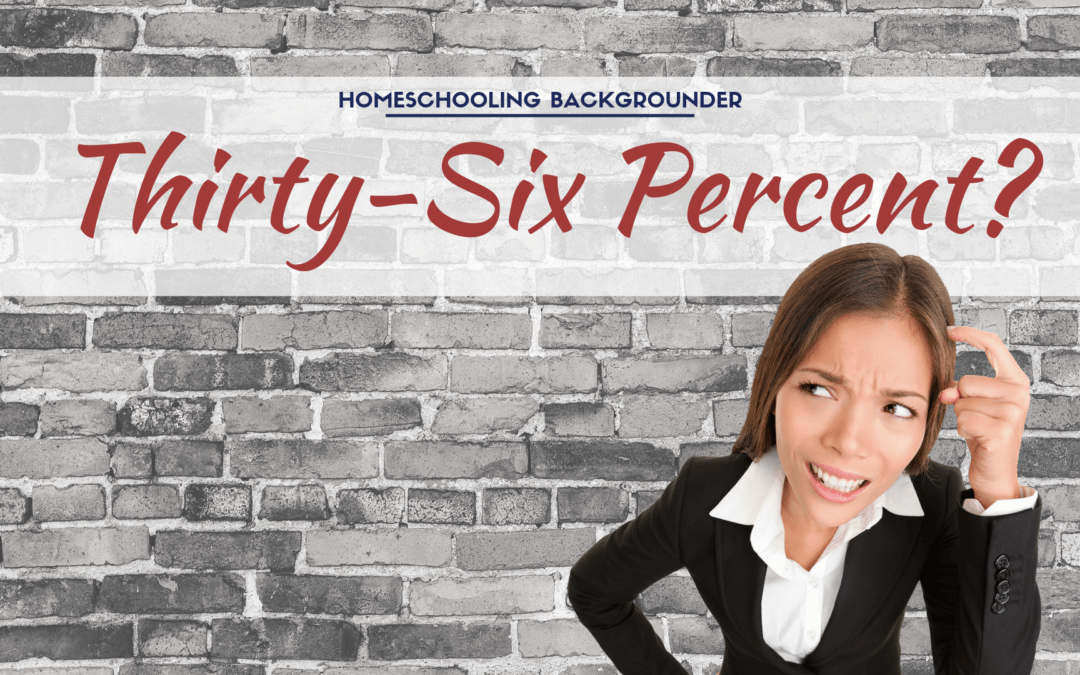Rodger Williams
March 8, 2019
The Coalition for Responsible Home Education (CRHE) — an organization calling for increased government regulation and oversight of homeschooling nationwide — has told Illinois lawmakers and Louisiana lawmakers:
[I]n 2018, a state official in Connecticut found that 36% of children removed from school to be homeschooled lived in families that were subject to at least one prior child abuse or neglect report.
The Savannah Morning News reports:
Coleman [CRHE’s executive director] cited a study by Sara Eagan, Connecticut’s child advocate, that looked at six school districts to learn about children who were removed from school to be homeschooled. She found that from 2013-16, 380 students were withdrawn to be homeschooled, and 138, or 36 percent, lived in families that were the subject of at least one prior accepted report to child protective services for suspected abuse or neglect. The majority of the families had a history of multiple prior reports of suspected child abuse or neglect.
Two reasons to be skeptical of this statistic
What CRHE does not say in these statements about the 36% number is important.
The 36% group includes families with unsubstantiated as well as substantiated reports
Actually, it is even more complicated than that:
As in other states, allegations of child abuse are either accepted or screened out. However, in Connecticut, unlike in many other states, accepted reports then enter a two-tier system: lower-risk families are assigned to a Family Assessment Response (FAR) track and connected to services while higher risk concerns (such as allegations of physical or sexual abuse) are investigated and the allegations are either substantiated or unsubstantiated.
The 36% claim has four components: Students removed from school, their families, accepted reports, and whether or not the allegations were substantiated.
Only substantiated reports should be considered. Innocent until proven guilty is the recognized standard. A pattern of false reports by a disgruntled neighbor or former spouse does not indicate child abuse. Neither do honest but mistaken reports. Let the investigation results be our guide, not the allegation itself.
To find how many families there were with actual substantiated cases of child abuse, we:
- Start with the number of families with accepted (as opposed to screened out) reports.
- Then subtract out lower-risk families.
- And then also subtract out families with only unsubstantiated reports.
This means that the number of families with substantiated reports is only a portion of the total group of families having various types of reports.
It logically follows that fewer removed students came from families with substantiated reports, probably significantly fewer. The 36% number measures allegations — not investigation results.
Small sample of school districts vs. the larger sample
The Child Advocate used a non-random sample of six school districts (page 5) to come up with the 36% number. (There are 170 school districts in Connecticut.)
She subsequently subpoenaed a sample of 18 other school districts for their records, presumably to support the earlier findings. All things being equal, larger samples are generally more accurate than smaller samples. As of this writing, the Child Advocate has not released her findings from the larger sample.
Conclusion
The 36% number is about allegations rather than investigation results. And there is more data pending. CRHE misleads lawmakers and the public by omitting these important disclaimers about the 36%.

